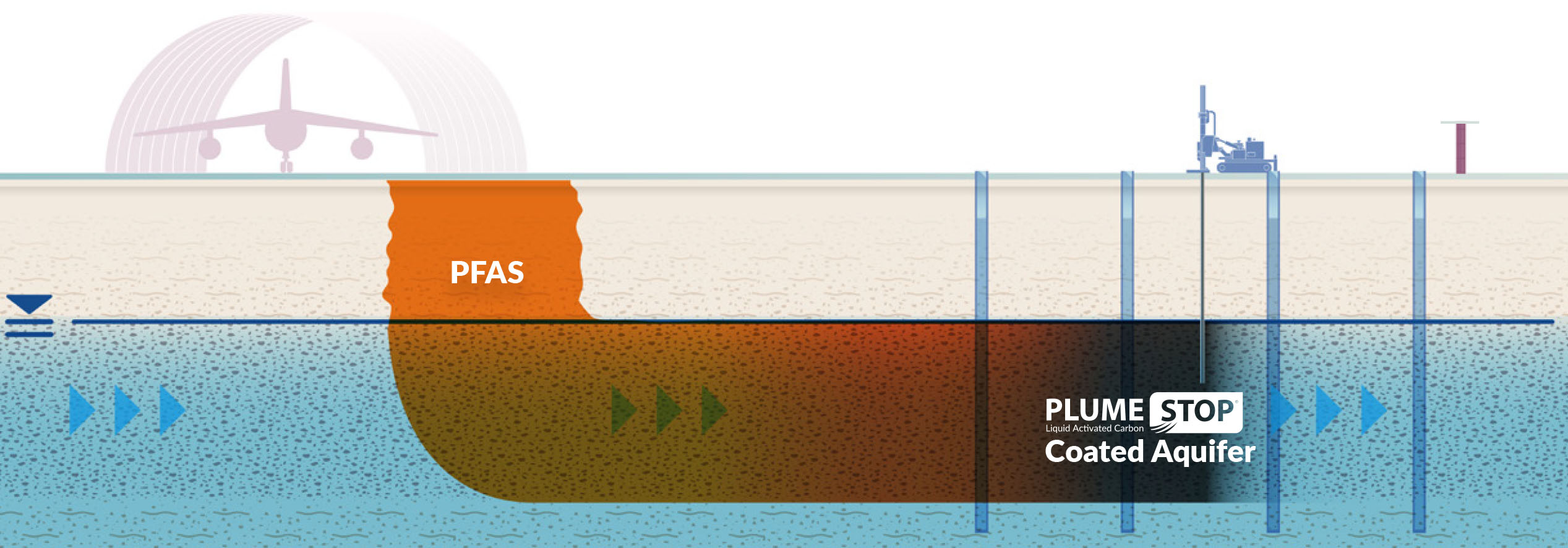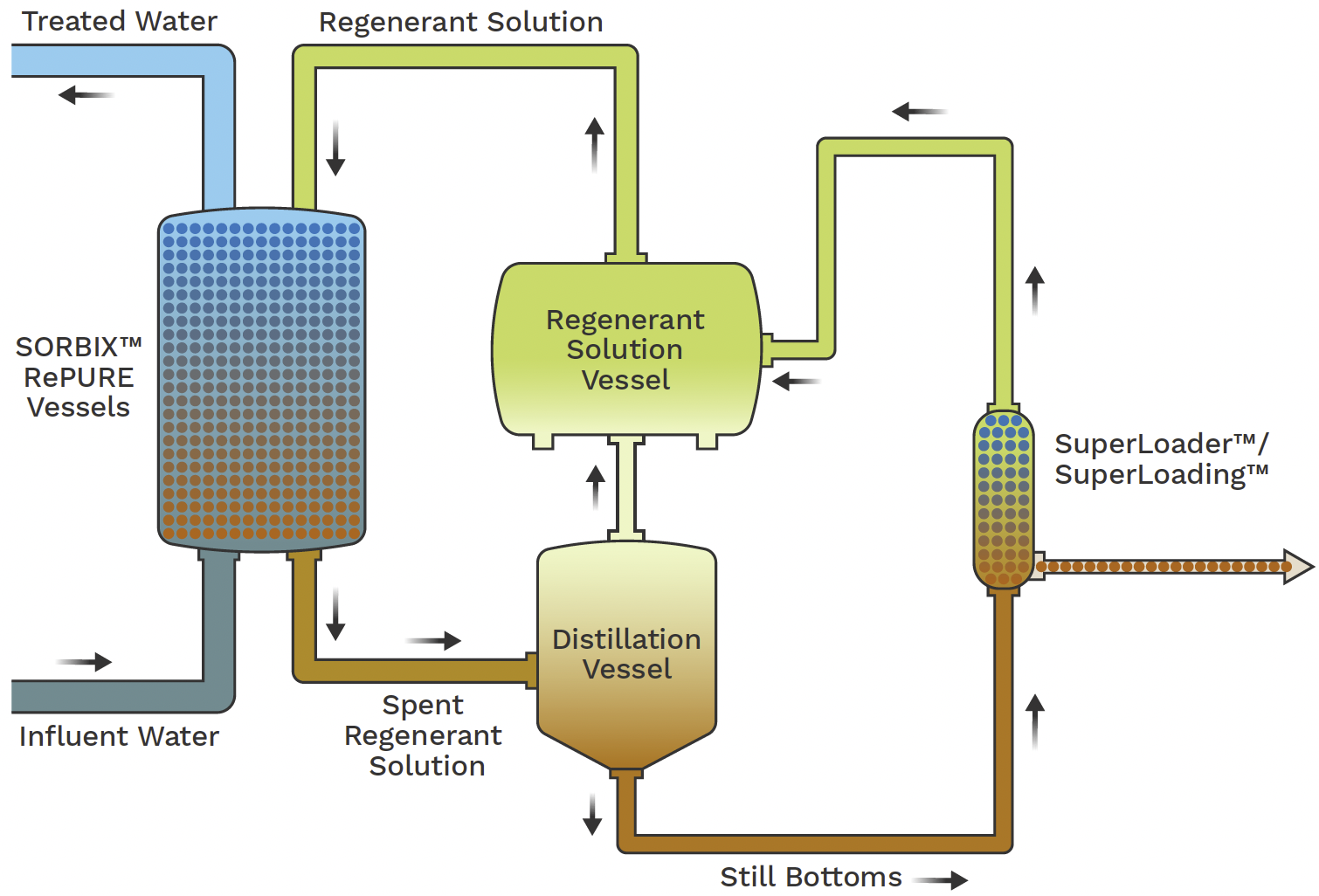The Challenges of M270 Waste Management for Safety
Wiki Article
Your Overview to PFAS Therapy Technologies and Perks
The occurrence of PFAS contamination in water sources demands a detailed understanding of readily available treatment technologies. Various techniques, such as activated carbon filtering, ion exchange systems, and advanced oxidation procedures, existing unique advantages in resolving these consistent toxins. Each technology not just targets specific PFAS substances yet additionally plays a critical role in boosting general water top quality and securing environmental integrity. As communities face the implications of PFAS direct exposure, the selection of a proper treatment approach becomes increasingly essential, motivating a closer assessment of these innovations and their respective advantages.Understanding PFAS Contamination
Understanding PFAS contamination is important for addressing its pervasive effect on ecological and human health (m270 pfas treatment). Per- and polyfluoroalkyl substances (PFAS) are a group of synthetic chemicals widely used in various industrial and customer products because of their water- and grease-resistant properties. Commonly located in firefighting foams, non-stick cookware, and water-repellent textiles, PFAS have actually gone into the setting through manufacturing procedures, wastewater discharges, and seeping from land fillsAs soon as launched, these materials continue the setting, causing extensive contamination of soil and water sources. Their one-of-a-kind chemical structure, characterized by solid carbon-fluorine bonds, provides them resistant to degradation, causing a sensation understood as "for life chemicals." Subsequently, PFAS can collect in the human body and the food chain, possibly triggering unfavorable wellness results, consisting of immune system disturbance, developing issues, and an increased threat of specific cancers.
Regulatory firms and health and wellness companies are progressively recognizing the relevance of PFAS contamination, prompting efforts to keep track of, analyze, and reduce its results. Understanding the paths of PFAS contamination is important for educating public law and establishing reliable techniques to secure both environmental and human health and wellness.
Review of Treatment Technologies
Different treatment innovations have actually been created to address the challenges postured by PFAS contamination in water and soil. These modern technologies can be broadly categorized into several classifications, each with its special devices and effectiveness in removing PFAS compounds.One noticeable approach is ion exchange, which utilizes resin materials to capture and eliminate PFAS from polluted water. This approach is specifically reliable for short-chain PFAS and can achieve significant reductions in focus levels. Another technology, advanced oxidation processes (AOPs), employs strong oxidants and ultraviolet light to break down PFAS into much less hazardous substances. AOPs appropriate for treating a variety of PFAS compounds however may require mindful optimization to maximize efficacy.

Triggered Carbon Filtering
Triggered carbon filtering is an extensively made use of approach for the elimination of PFAS from polluted water, understood for its capability to adsorb a broad range of organic compounds. This technology uses turned on carbon, a very permeable material with a considerable surface location, which assists in the binding of PFAS molecules with physical adsorption. The effectiveness of triggered carbon in eliminating PFAS is affected by a number of factors, consisting of the kind of carbon made use of, the contact time, and the concentration of PFAS in the water.Among the advantages of turned on carbon filtration is its adaptability; it can be executed in various setups, such as granular activated carbon (GAC) systems or powdered turned on carbon (SPECIAL-INTEREST GROUP) systems. GAC systems are normally utilized in larger-scale applications, while PAC can be utilized in smaller sized or temporary configurations. Furthermore, the innovation is reasonably very easy to run and preserve, making it available for many water therapy centers.

Ion Exchange Solution
Ion exchange systems stand for one more reliable technique for the elimination of PFAS from polluted water, enhancing techniques like turned on carbon filtering. These systems run on the principle of trading ions in the water with ions held on a resin product. Ion exchange resins can be especially formulated to target the adversely charged PFAS compounds, effectively catching them and allowing cleaner water to go through.Among the primary benefits of ion exchange systems is their capability to eliminate a wide variety of PFAS, including both long-chain and short-chain variants. This adaptability makes them ideal for numerous applications, ranging from community water treatment to commercial procedures. Furthermore, ion exchange systems can commonly achieve reduced detection limits for PFAS compared to a few other therapy approaches, therefore boosting water top quality.
However, it is vital to keep track of and take care of the regrowth of ion exchange media, as the performance can decrease with time as a result of saturation. Correct upkeep and substitute of the resin are critical for sustaining the system's efficiency. Generally, ion exchange systems give a trustworthy and efficient solution for PFAS removal, adding significantly to secure drinking water requirements and environmental management.
Advanced Oxidation Processes
Advanced Oxidation Processes (AOPs) make use of powerful oxidants to successfully deteriorate PFAS compounds in polluted water. These ingenious treatment approaches create extremely responsive species, such as hydroxyl radicals, that can damage down complex PFAS particles into less harmful by-products. m270 pfas treatment. AOPs commonly utilize combinations of ultraviolet (UV) light, ozone, hydrogen peroxide, or Fenton's reagent, enhancing the oxidation possibility and boosting degradation effectivenessThe primary advantage of AOPs lies in their capacity to target a broad series of PFAS compounds, consisting of both long-chain and short-chain variations. This flexibility is essential, as PFAS contamination usually entails combinations of different substances with varying chemical structures. In addition, AOPs can be incorporated into existing water therapy systems, making them a functional service for many municipalities and industries.
However, the application of AOPs can be resource-intensive, calling for careful consideration of functional costs and energy intake. Additionally, while AOPs are effective in damaging down PFAS, they might not entirely remove all by-products, demanding further therapy steps - m270 pfas treatment. Overall, AOPs represent an appealing avenue for resolving PFAS contamination, adding to cleaner water resources and improved public health and wellness protection

Verdict
To conclude, addressing PFAS contamination requires an extensive understanding of offered therapy technologies. Activated carbon purification, ion exchange systems, and progressed oxidation procedures each existing distinct benefits for effectively removing these unsafe compounds from water sources. By selecting the proper innovation, neighborhoods can boost water top quality, secure public health and wellness, and alleviate the ecological dangers related to PFAS exposure. Continued research and implementation of these methods are vital for effective management of PFAS contamination in affected areas.Report this wiki page